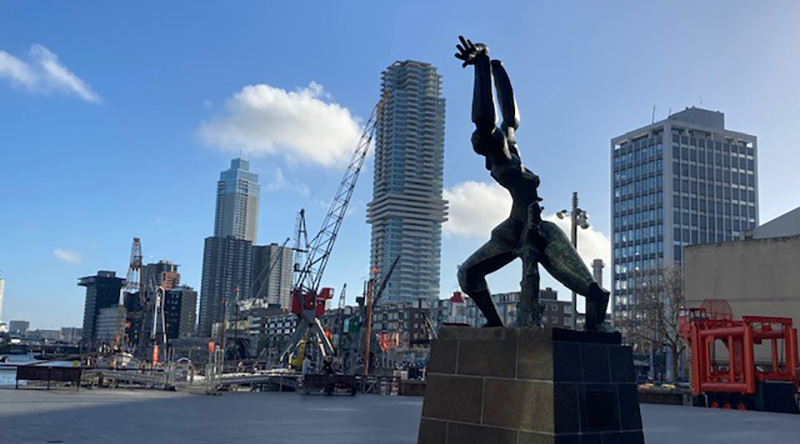The use of the Rotterdam Guarantee Form in the Netherlands is well known, but it is useful to recap the benefits.
The guarantee form is used to prevent or retract an arrest on a vessel or bunkers.
First, a few words on how the standard guarantee form came about.
Until 1970, every Dutch maritime law firm, and possibly every lawyer, used their own guarantee wording. A new document was drawn up for virtually every case, every claim, and every guarantee. Besides, the lawyer who brought the claim, – on behalf of cargo interests or other parties-, had his own preferences in relation to the wording.
This would often lead to drawn out debates between lawyers. Dutch judges would regularly be asked to issue rulings in summary proceedings regarding surety scripts, because parties could not reach agreement between themselves.
This had two significant consequences:
(1) Delays in lifting of arrests, thus delays in departures of vessels, and
(2) Pressure on courts in Dutch seaports, because they would have to give rulings in recurring time-consuming summary proceedings regarding similar disputes about surety scripts.
In 1970, during yet another such summary proceeding, the President of the Rotterdam law court suggested maritime lawyers draw up a blueprint that would be acceptable to everybody, to bring an end to debates and continual summary proceedings.
Three lawyers took the initiative and formed a committee that devised a blueprint. This committee had no official basis. It was an initiative of the Rotterdam bar to find a practical solution.
In developing a blueprint, the committee aimed to achieve the following:
- That the blueprint should bring an end to the recurring discussion about surety scripts.
- That the use of a blueprint should facilitate timely withdrawal of arrest on vessels.
- That the legal basis should protect the interests of all parties involved.
- That the new blueprint should become the basis of trust between users, only then could the abovementioned aims be achieved.

The blueprint for a standard guarantee text came into being in 1972. It was called the “Rotterdam Guarantee Form” because it was drawn up by Rotterdam lawyers. The name refers to its origin only. It is also used widely beyond Rotterdam, within the jurisdiction of the Netherlands.
The committee, which is not an official organisation, still exists. It is now known as the Committee for the Revision of the Rotterdam Guarantee Form. The committee accepts comments and suggestions for improvement of the blueprint from users, mainly Dutch maritime lawyers. In addition, the committee keeps an eye on relevant developments in Dutch law.
This input enables the committee to keep the Rotterdam Guarantee Form up to date. If required, the blueprint is amended. Revisions took place in 1978, 1985, 1992, 2000 and 2008.
P&I Clubs are also familiar with the Rotterdam Guarantee Form and are updated by Dutch correspondents on developments and revisions to the script. Clubs are informed of revised versions of the document, and provided with guidance from the committee or the correspondents. As such, familiarity with, and confidence in, the Rotterdam Guarantee Form has grown amongst the Clubs over the years.
Familiarity with the blueprint amongst individual claims handlers of P&I Clubs is also significant. When a Dutch correspondent refers to the standard guarantee form and the claims handler is familiar with it, the member can then be given prompt advice and matters can be progressed quickly.
This is how the blueprint system works on different levels between different parties in the chain.
Confidence in the blueprint and its use on behalf of Clubs and members on one hand, and claimants on the other hand, is crucial in keeping this system going. That is of significance for members of P&I Clubs, because this is how arrests on vessels can be lifted quickly.
For more information about this standard Rotterdam Guarantee Form and how it can be used to the benefit of all parties involved, please contact us at correspondents@nnpc-correspondents.nl.

